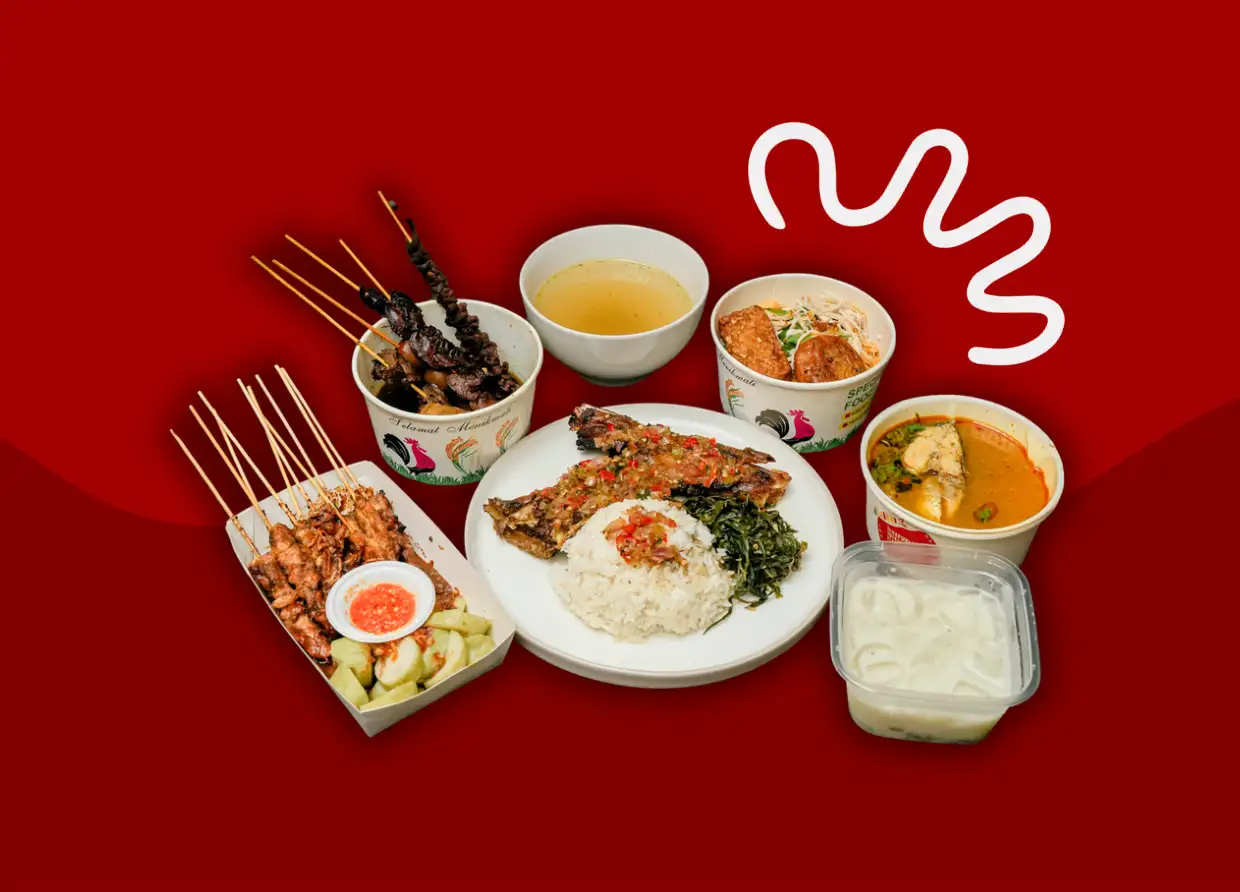ORANGES: CHINESE SYMBOL OF ABUNDANCE AND HAPPINESS
The guy from the math problem that buys 116 oranges is not insane, he is just excited for the Chinese New Year.
The Chinese culture is a culture full of symbolism. Every little detail of Chinese culture almost always carries a particular meaning. For example, oranges that fill every corner of the table every Chinese New Year symbolize luck, abundance in wealth and happiness.
The fruit that many people around the world regularly eat or drink the juice of is revered by the Chinese, especially the mandarin orange (there's a reason it's called "mandarin"). The Chinese word for mandarin orange kam (or gat in Cantonese) is a homophone to the word that means "gold". Therefore, mandarin oranges being everywhere in the house during the New Year is said to bring riches into one's life.
The oranges installed on the entryways into your favorite Chinese restaurants and supermarkets are almost the equivalent of people erecting the Christmas tree or showcasing a string of lights in the window, signaling that days of festivity are coming. The citrus trees supposedly bring fortune-filled vibes into homes and businesses, and the more the fruit on the trees, the more riches you will collect. Many Chinese households also attach additional mandarins (Citrus reticulata) onto their tree.
The Chinese believe this superstition is not all wrong as they do receive money inside their angpao (hong bao in Mandarin or lai see in Cantonese) during the New Year. It is a tradition that every Chinese New Year, people gift each other with a red packet.
View this post on Instagram
It does not stop there, however. In addition to giving angpao, in some countries, people also slip a plump of mandarin to supposedly further boost the recipients' richness and enhance their luck. Not all kinds of mandarin can be deemed acceptable as an international almost-rule dictates that the to be given mandarin fruits should come with its stem and a few leaves attached to represent the giver's wishes for long life and fertility to the recipient — as well as ensuring its freshness.
The mandarin orange is one of the oldest breeds of oranges. It is claimed that almost all other oranges stemmed from the cross-breeding between mandarins and other citrus fruits like pomelos. Archaeological and literary evidence shows that oranges have been cultivated in China since a longlong time ago. During the Han dynasty (221–206 BC), oranges were already a highly valued fruit, with visitors presenting them as a tribute to the imperial seat.
Oranges, especially mandarins, are a source of nutrition. They contain vitamins A, B, and a high level of Vitamin C, which supposedly helps prevent infections and remove free radicals. It is also claimed that mandarins flush out toxins from your body while keeping things moving in the digestive system.
Moreover, mandarins are a source of fibers and can help slow food absorption, helping lower cholesterol and balance blood sugar levels. Mandarins are also said to help with bone strength as they contain calcium, phosphorus, and magnesium, helping people fight osteoporosis.
View this post on Instagram
There are five main kinds of oranges customarily eaten during the Chinese New Year:
1. Lukan
Lukan's skin is thin and slightly wrinkled, making it easy to peel. The breed is smaller than the one mentioned below and is the most popular variety in Singapore. It is sweet and juicy but can also taste acidic and tangy.
2. Ponkan
Ponkan is the mandarin orange of choice for impatient people. Its puffy skin sure does help as it is effortless to remove, making access to the fruit easier.
3. Swatow
Swatow is named after its birthplace in Shantou city in Guangdong, China. It is less sweet than the other variants. Its skin is rough, wrinkled, and thick, making it hard to peel.
4. Kinno
Kinno is also known as kinnow. It is very sweet but contains more seeds than other varieties.
5. Dekopon
Based on the name, you've probably already guessed that dekopon comes from Japan. It is a hybrid of kiyomi, an orange-tangerine hybrid, and ponkan — created by the Japanese government in the 1970s. Its name contains deko, which means bump in Japanese, and pon from ponkan.
#THE S MEDIA #Media Milenial
























